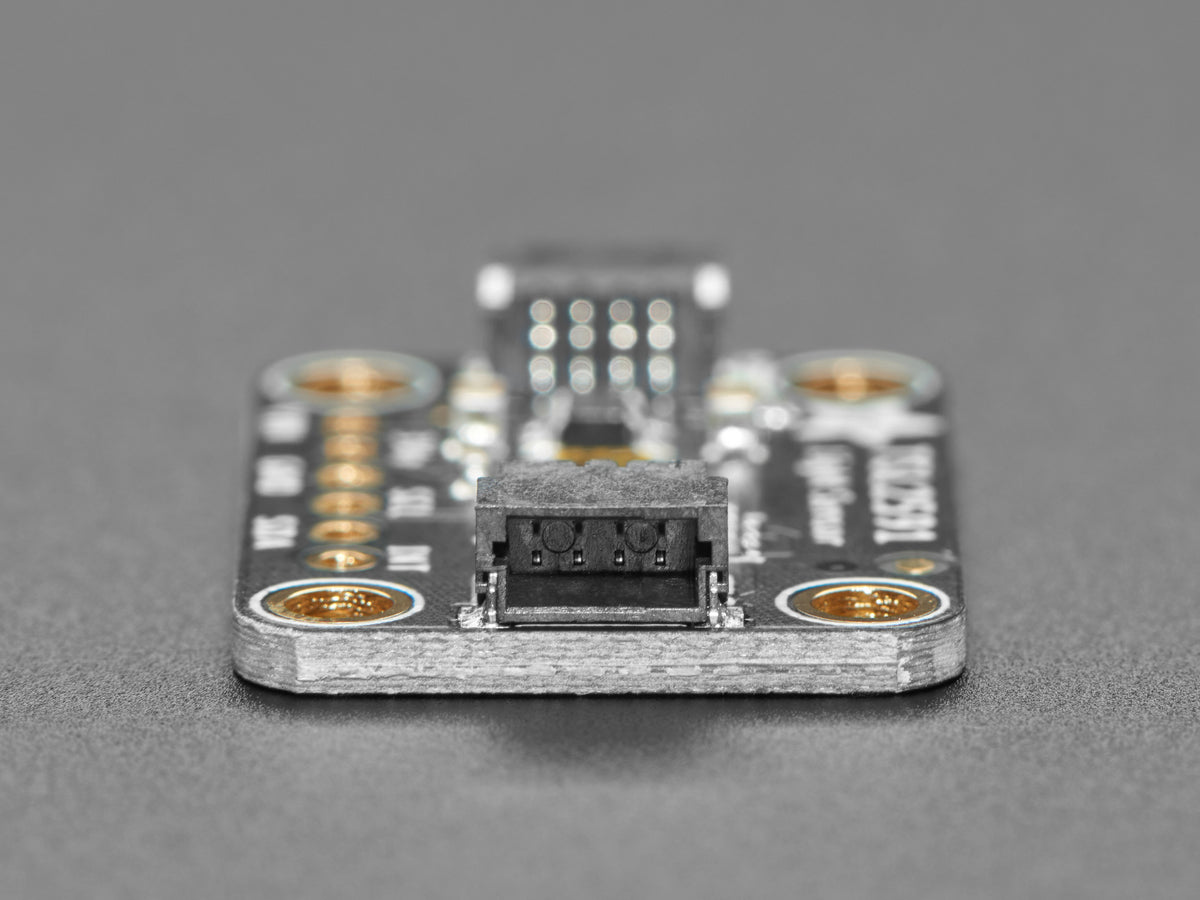Description
The best part of this sensor is that it contains both infrared and full spectrum diodes! That means you can separately measure infrared, full-spectrum or human-visible light. Most sensors can only detect one or the other, which does not accurately represent what human eyes see (since we cannot perceive the IR light that is detected by most photo diodes) This sensor is much like the TSL2561 but with a wider range (and the interface code is different). This sensor has a massive 600,000,000:1 dynamic range! Unlike the TSL2561 you cannot change the I2C address, so keep that in mind.
The built-in ADC means you can use this with any microcontroller, even if it doesn't have analog inputs. The current draw is extremely low, so it's great for low power data-logging systems. about 0.4mA when actively sensing, and less than 5 uA when in power-down mode.
As if that weren't enough, we've also added SparkFun qwiic compatible STEMMA QT connectors for the I2C bus so you don't even need to solder. Just wire up to your favorite micro with a plug-and-play cable to get 6-DoF data ASAP. For a no-solder experience, just wire up to your favorite micro using a STEMMA QT adapter cable. The Stemma QT connectors also mean the TSL2591 can be used with our various associated accessories. QT Cable is not included, but we have a variety in the shop.
Of course, we wouldn't leave you with a datasheet and a "good luck!" - we wrote a detailed tutorial showing how to wire up the sensor, use it with an Arduino and example code that gets readings and calculates lux.
Specifications:
- Approximates Human eye Response
- Extremely wide dynamic range 1 to 600,000,000 Counts
- Lux Range: 188 uLux sensitivity, up to 88,000 Lux input measurements.
- Temperature range: -30 to 80 *C
- Voltage range: 3.3-5V into onboard regulator
- Interface: I2C
- This board/chip uses I2C 7-bit address 0x29 and 0x28 (yes BOTH!)
- Dimensions: 19mm x 16mm x 1mm / .75" x .63" x .04"
- Weight: 1.1g
Revision History:
- As of Sept 16, 2020 - We've updated this sensor to our 0.7" x 1.0" STEMMA QT standard for sensors. There are now four mounting holes and two STEMMA
- QT connectors for plug-and-play connectivity! The pinout has changed slightly to be standardized.As of Nov 25, 2020 - We've updated this sensor to include a cuttable jumper to disable the onboard green LED
Encrypted payment
Your payment information is processed securely. We do not store credit card details nor have access to your credit card information.
Customs tariff number:
Country of origin:
This depends on where you are located. Once the order has been handed over to UPS, the delivery time in Germany is approx. 2-3 days, within Europe approx. 1 week.
We dispatch our articles with our shipping partner UPS.
If we have not yet answered your question, you can contact us and we will get back to you as soon as possible.




